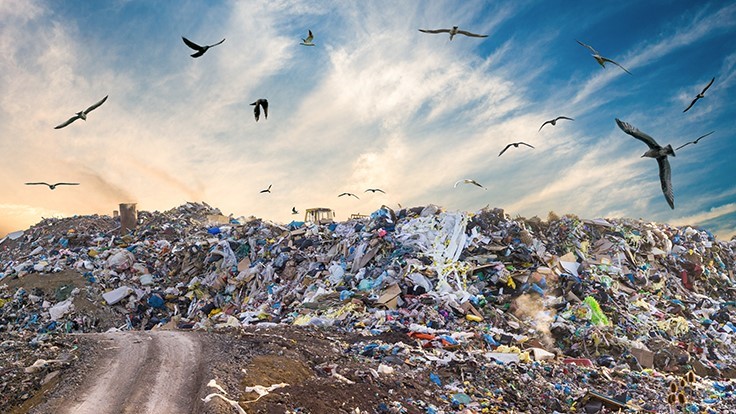A contemporary landfill is a trench in the earth that is split into “cells” and is carefully engineered and monitored. Each cell is meticulously designed to maximize compaction while minimizing environmental effect.
These Cell Are Filled With Non-Recyclable Garbage, Such As:
- municipal collections of putrescible garbage
- industrial and commercial waste
- materials for building and demolition
Some landfills are licensed to receive certain waste kinds, such as putrescible garbage, and some are licensed to accept hazardous materials such as asbestos, which others are not.
How Are Landfills Constructed?
To safeguard the ecosystem around the dump, Cleanaway engineers create cells with six or seven layers of lining. The earth around the cell is protected by these layers. Sumps gather liquids that are created while garbage decomposes. Leachate is the name for this liquid.
The gas released as the garbage decomposes can be collected and used to generate electricity. Here’s how we’re converting waste gas into electricity for 28,700 Melbourne homes.
What Is The Purpose Of Landfills?
Landfills address a key infrastructural gap by allowing businesses and families to dispose of residual trash. With population growth and existing consumer habits, this waste is expected to rise.
Even with higher recycling rates, residual waste must be treated in a safe and efficient manner.
Local people and interested parties can submit comments on the landfill proposal during the planning, approval, and call-in process, and operators must comply with a variety of regulatory standards as part of process.
Local neighbors, in particular, have enough chance to learn about the proposal & how the site would operate.
